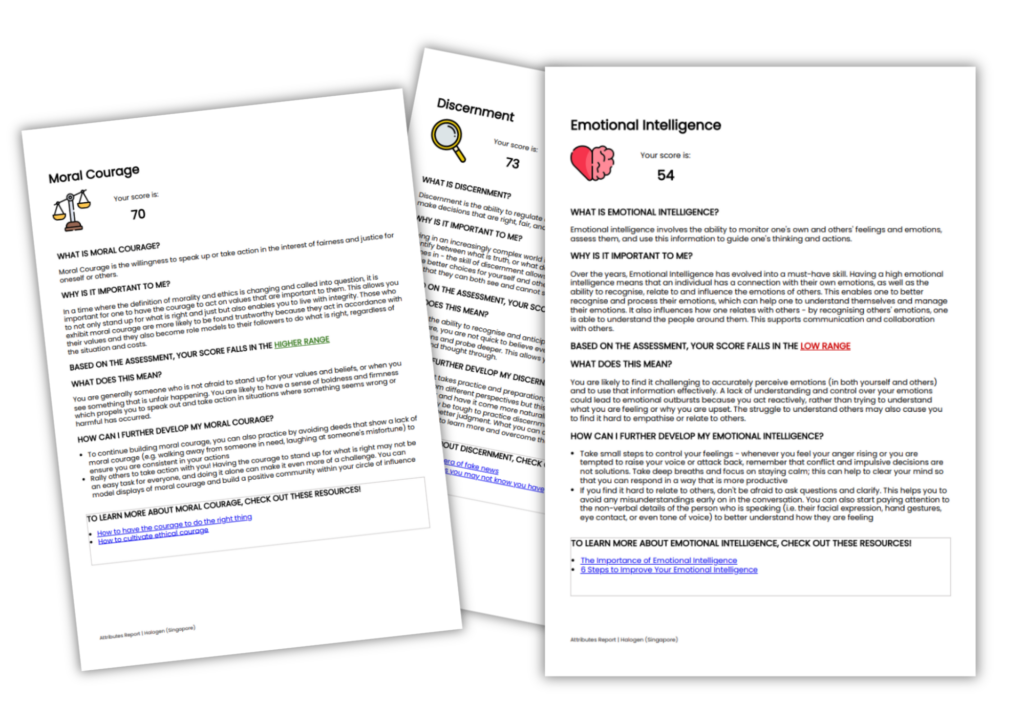The success of any business in today’s overcrowded marketplace largely depends on understanding its customers’ needs, wants, and expectations. This is where existing customers are a valuable source of insights – not only do they have direct and personal experience with your products and the customer journey you provide, but listening to what they have to say and making sure they come back is much more cost-effective than acquiring new customers.
It’s about building relationships with the customer base and continuously finding ways to improve and boost your sales.
The issue with e-commerce, however, is that you don’t get any upfront communication with your customers, and you get very little direct feedback – especially if there are no significant problems. Most of it is what you can dig out from chats, phone calls, returned orders, and situations when there’s only a specific problem involved. That makes for very limited, blinkered information which doesn’t provide much insight regarding the entire customer experience.
That’s why encouraging customer feedback through post-purchase communication is an essential tool for e-commerce businesses.
Not only that but by soliciting feedback you’re giving your customers the opportunity to voice their opinions. You’re letting them know that their insights and experiences with your store matter to you. This is a great way to strengthen your relationship, as you will be encouraging customer loyalty and helping them associate your brand with positive emotions.
In light of that, here is how you can use surveys to boost your sales.
Use survey templates to gauge customer satisfaction
Post-purchase surveys let you ask the right questions and get to know your audience. They are an essential tool for overcoming the challenges of communication in e-commerce and avoiding assumptions so that you can optimize numerous aspects of your business, from product development to branding.
From simple yes/no questions to facilitating open-ended feedback, you’re able to format your surveys in different ways to get the information that’s most important for your strategy. But you don’t have to start from scratch here – you can rely on well-established sets of questions that have been tested by experts.
There are different survey satisfaction templates for different areas you want to target, such as:
- Product surveys
- Delivery surveys
- Pricing surveys
- Staff and service surveys
- NPS surveys
Templates will help you find the right questions to ask and optimize your surveys to be user-friendly and engaging.
Maintain a consistent brand voice
No matter what you do, all your efforts need to reflect your brand identity – and that includes post-purchase surveys as well. Now, it might seem to you like there’s too little room to fit branding into surveys, but if you dig a little into the portfolios of professional branding companies, you can get a clear idea of how the brand image is cultivated at any touch point. Everything from the visual elements to cohesive messaging within any given channel is used to exhibit a consistent brand identity.
You want the wording, the template design, even the invitation to complete the survey to be in line with your brand’s voice. For example, if you cultivate a particularly casual or even humorous appearance as a brand, you can express this tone in your survey invitation, or even in the email subject line.
Your logo and brand colors should be clearly visible in the survey too, and try to thank them genuinely –in the name of your entire company – both for purchasing your product and taking the time to participate in the survey.
Add a human touch
You want to make your surveys conversational and have this tone complement your brand voice. That way, they’ll be much more engaging and easy for your customers to complete.
Let’s say you’re offering multiple choice answers to a question about their satisfaction with the product they ordered.
You can use enticing wording that makes it easier for the customer to connect with the experience. For example, instead of using wording such as “highly satisfactory”, you’ll offer the option of “I loved it!” instead.
Maybe you’re not an “I loved it” type of brand, but either way, the point is to use the type of language that’s most natural to your target audience. And you have to admit, phrases such as “highly satisfactory” are used in surveys and pretty much nowhere else. We’ve largely outgrown them in this era where businesses need to focus on brand-building and customer relationships. In many cases, there might be no room for authenticity (there are only so many ways to ask How did you learn about our store?). But try to exhibit some personality wherever possible.
Also, you can include a video in your survey invitation to show a human face and encourage the customer to voice their opinion. These types of things give voice to your brand and let you add the human touch.
Focus on open-ended questions

Multiple choice answers save time for the obvious stuff – such as how the customer found your store or what’s their preferred method of interacting with your brand.
But when it comes to the tough questions – the ones regarding the end-to-end customer experience – you’ll get valuable insights if you don’t limit your customers to multiple choice answers. And you’ll get some responses you’d never predict.
Here are some great examples of open-ended questions:
- What would be the one thing you would improve in our online store?
- Which other product from our store would you consider buying?
- Was there something that nearly stopped you from completing your purchase?
- What do you like most about the product you purchased?
Because they provide you with more broad and unique explanations, the answers to open-ended questions require more effort to analyze than heat maps and NPS surveys, which are both useful tools in their own right. But it’s worth the effort because you can get more diverse and insightful feedback.
Get the timing right
Timing is everything when facilitating feedback. The thing is, you want to give the customer enough time to experience using the product, but you also want to grab the opportunity while the experience of shopping on your platform is still fresh in their mind.
That’s why it’s generally recommended to send the survey request anytime between 2 to 5 days of the receipt order. The likelihood of a response is highest within this time frame. Present your survey as a polite request for the customer to give their input so that it feels more like an encouragement to express themselves about their shopping experience.
Make a different survey for frequent customers
If a customer purchases frequently, it’s obviously way too much to ask them the exact same questions every time. In fact, “too much” is a euphemism – that would be rather frustrating for them and in any case, useless to your efforts.
It’s important to categorize your customer groups and send different surveys to returning customers, asking more specific questions. If someone is buying from you for the second or third time, you’re not going to be asking them again whether they would recommend your store to a friend or what their preferred method of interaction is.
Returning customers can help you come up with something really big and valuable to your brand – they’re your best resource. Ask them for suggestions on improving your brand – everything from your products to your website. You can build your strategy around your most loyal customers.
Better yet, you can take a more personal approach to thank them and sending them feedback requests. Acknowledge their opinion and give them an important role as a loyal customer – that will definitely encourage them, and their feedback could spark the best idea you’ve had so far.

As an online store, your entire strategy needs to rely heavily on your existing customers.
With so many options easily available, the average person won’t hesitate to search for the next best thing if an online store doesn’t meet their standards. After all, it takes only a couple of clicks. That’s why you need to invest all your efforts into learning about your customers and improving your strategy based on their insights. The more you listen, the more you can optimize your products and the customer experience, paving the way to a steady increase in sales. Ask the right questions, time them well, and always learn from your customers – it will pay off tenfold.








2 Responses
Great article Meaghan, and thanks for awakening me to post-purchasing using surveys!
Nice one Meaghan was very timely!